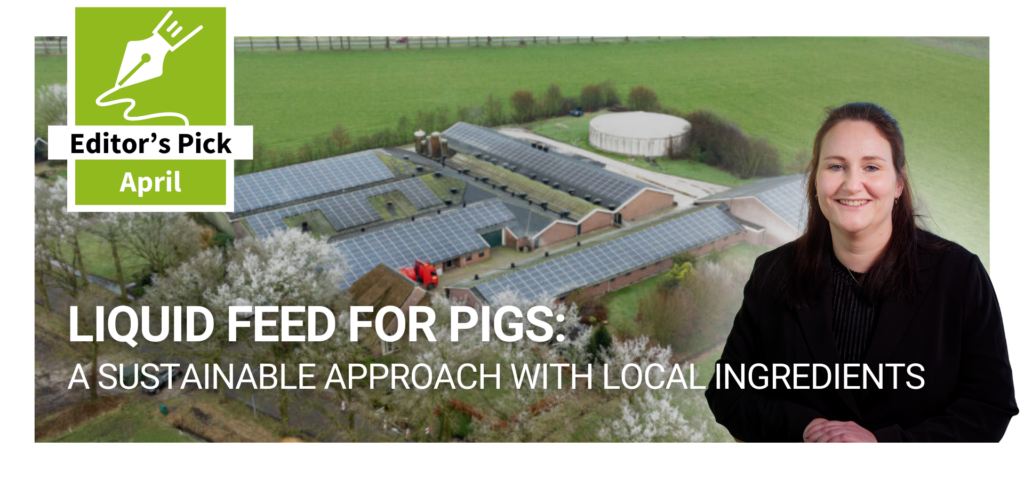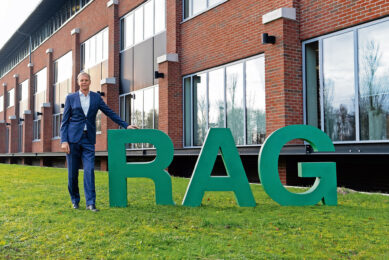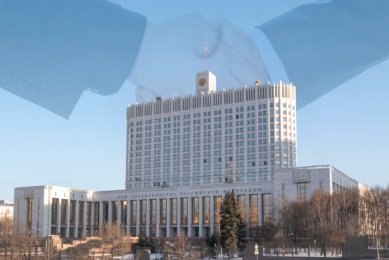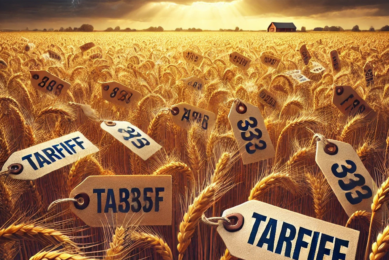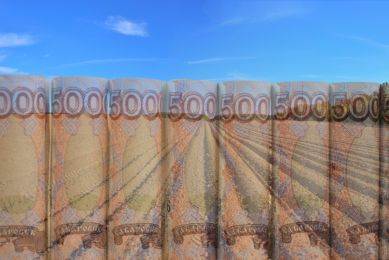Russia expands feed exports to Central Asia
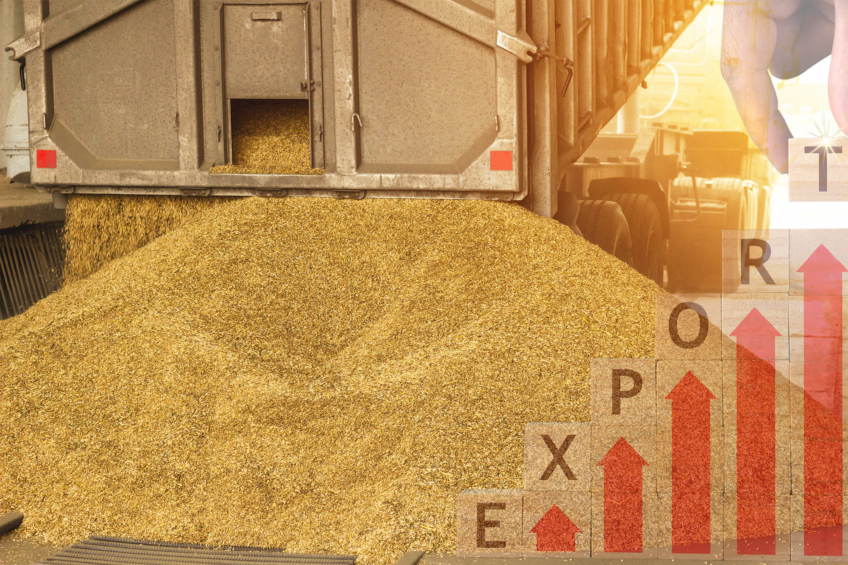
Sibagro, one of Russia’s leading agricultural holdings, has rolled out plans to expand feed exports from its recently acquired Bogdanovisheskiy feed mill to the republics of Central Asia.
The company is on track to ramp up the feed mill production from 330,000 tonnes to 396,000 tonnes per year.
Uzbekistan and Tajikistan
Sibagro is already exporting feed to Kazakhstan and Kyrgyzstan, both members of the Eurasia Economic Union, a Russia-led economic bloc. The Bogdanovisheskiy feed mill expansion will pave the way for the company to kick off sales to Uzbekistan and Tajikistan.
Launch of premix production
In addition, Sibagro has also unveiled plans to launch premixes production at the Bogdanovisheskiy feed mill with a targeted annual performance of 12,000 tonnes.
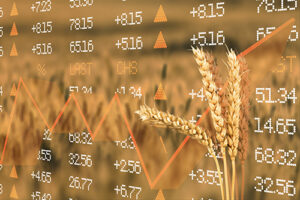
Mongolia and China
In the future, Sibagro also plans to launch exports to Mongolia and China.
Vladimir Stogniy, director of the Bogdanovisheskiy Feed Mill, stated that the feed mill, one of the largest in this part of Russia, boasts of state-of-the-art equipment, which allows it to manufacture feed of the quality highly appreciated by foreign partners.
Growth forecast
Central Asia, a region comprised of 5 post-Soviet republics, experiences a shortage of modern feed production capacities. Local farmers largely rely on feed mixed in-house.
Despite the current shortage, the region is poised for significant growth in feed production. For instance, Kazakhstan is expected to see a substantial increase in feed consumption from 4 million tonnes in 2024 to 6.3 million tonnes in 2029, as projected by UBM Group, a Hungarian animal nutrition company that has recently announced plans to invest in the country.
Fermented feedstuff exports gain momentum
In addition to exporting feed, Russia is also expanding the deliveries of fermented feedstuff, the country’s officials have unveiled.
In 2025, the export of fermented feedstuff based on soy, rapeseed and sunflower to Kazakhstan is projected to reach 500,000 tonnes, enough to manufacture around 2 million tonnes of high-quality feed, Ration Exchange Group of Companies, a Russian feed manufacturer, reported.
The feed produced from Russian fermented feedstuff is primarily used to feed poultry in Kazakhstan, Dmitry Kalashnikov, general partner of the Ration Exchange, claimed. The fermented feedstuff constitutes around 50% of the feed’s production costs.
Kalashnikov also emphasized that deepening cooperation between Russia and Central Asia in feed production would allow the countries of the region to gradually move away from reliance on technologies imported from outside the post-Soviet space.
“The Eurasia Economic Union leaders have repeatedly noted the advisability of accelerating the development of their own scientific and technological base for agriculture, active exchange of experience and implementation of joint innovative projects,” Kalashnikov stated.



